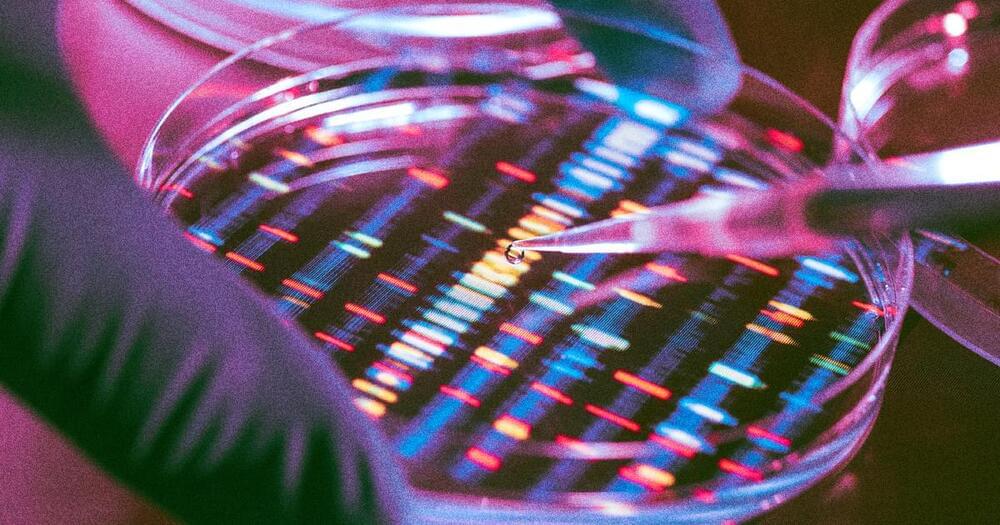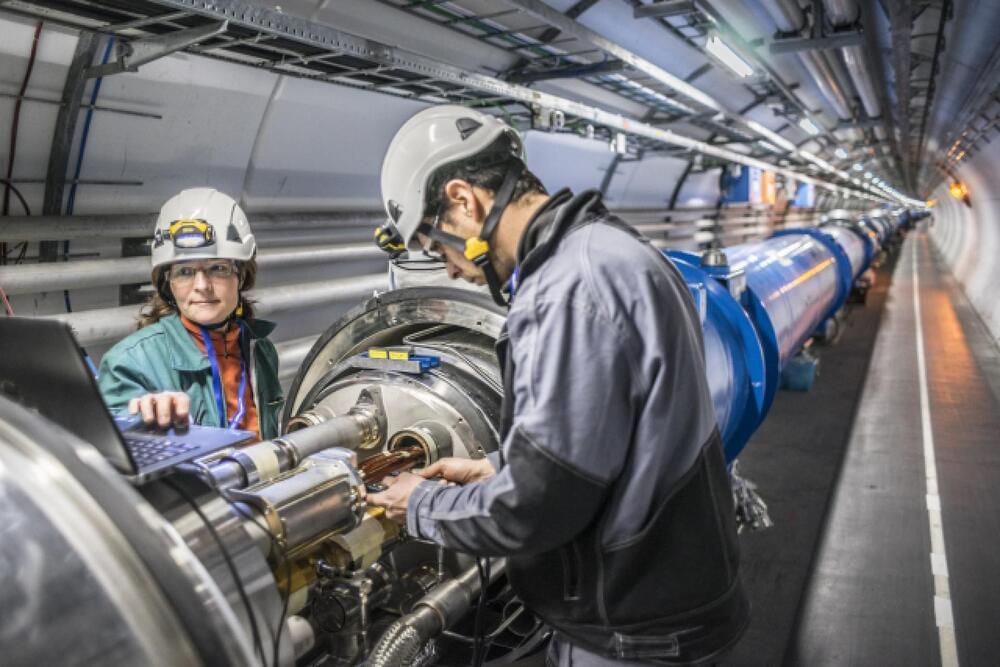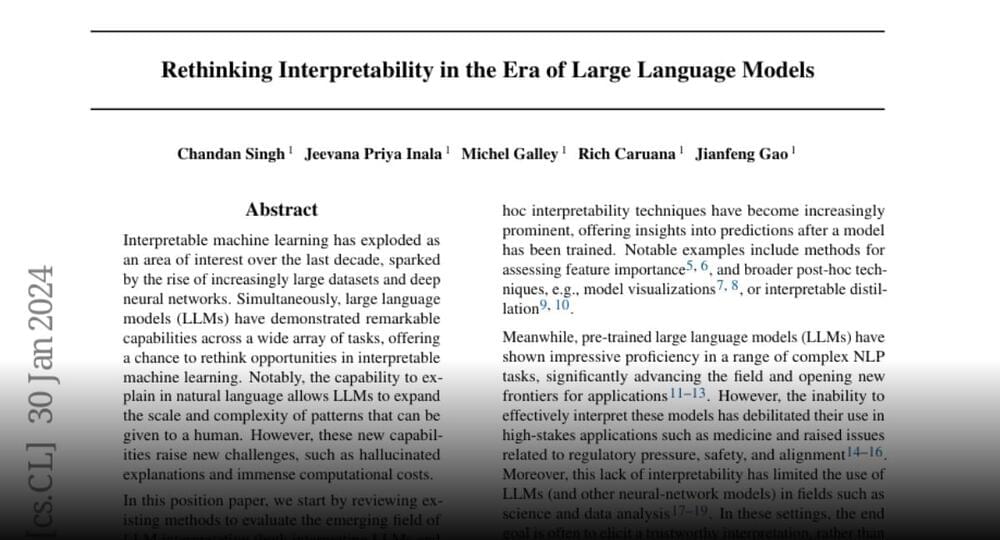For decades, most people have believed that genes are the blueprint for life — but that perception, a pair of experts argue, falls short.





Big plans at CERN! With a £12bn colossal atom-smasher on the drawing board, we’re one step closer to unlocking the cosmic secrets that surround us. Is this a worthy investment?
Explore the Future Circular Collider plans, a £12bn project. Will this supercollider be the key to unlocking the missing 95% of the universe?





Atlas demonstrates the ability to pick up and move heavy automotive parts.